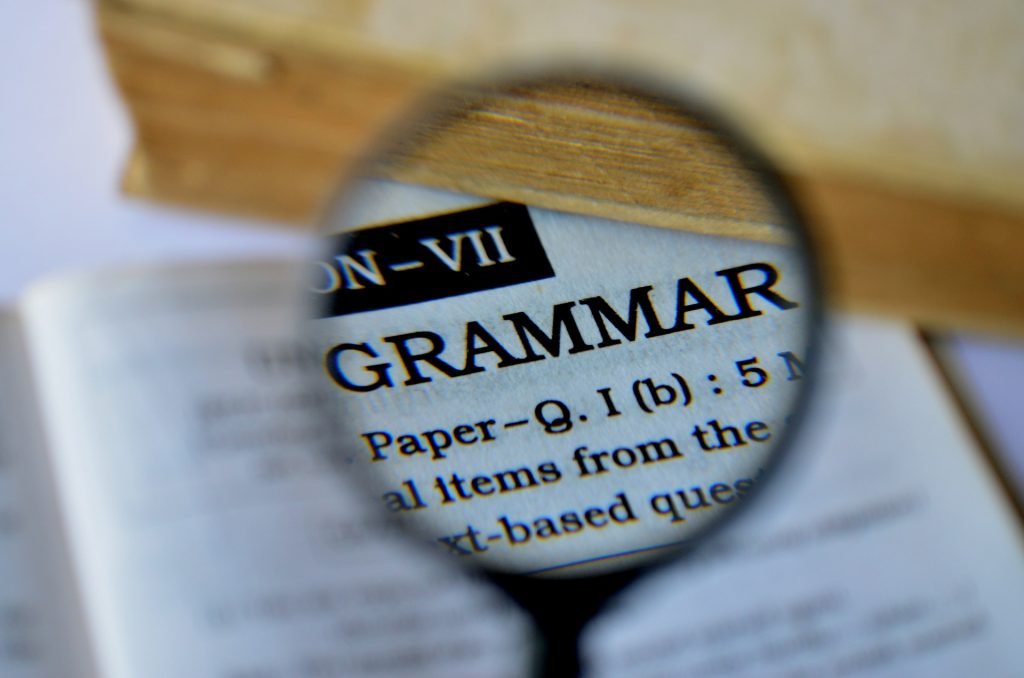You’re probably familiar with the friendly hyphen “-” with all its uses in connecting words and phrases, but have you met its cousins? There are actually three major types of dashes in modern English writing, each with its own unique, specific applications. Most of the time, you can get away with using a hyphen or a pair of them anywhere you might see one of these others. If you’re looking for a challenge, though, the en dash “–” and em dash “—” can help take your grammar to a new level.

As always for Warner House Press, we rely on the Chicago Manual of Style to set our technical guidelines. So too with the information presented in this blog.
The Familiar Hyphen “-”
A hyphen is among the most well-known pieces of punctuation for English speakers and writers, so we won’t spend too much time with it here. Simply put, it’s used to make compounds. These can be compound words, names, or split-up words. It can also be used as a general separator, such as when you’re giving out a phone number (Call 1-800-555-5555 now!) or spelling out a word (That’s W-a-r-n-e-r). The only tricky part with hyphens is that they’re often used where another of the major dash-types is more appropriate. To avoid this common mistake, read on for our coverage of en dashes and em dashes below.
The En Dash “–”
The first thing one might think when looking at the en dash is: “Why is it called that?” This small line gets its name from the amount of space it takes up on the page, equivalent to the letter “n.” It’s a bit longer than a hyphen, but not quite so long as an em dash. Like the other two, it has some very specific uses, but we’ll focus on the most common here.
According to the Chicago Manual of Style (6.78), the en dash’s primary use is to connect a series of numbers. When used in this way, it means “up to and including” or “through.” Take this as an example: “The act in question can be found in Genesis 1:18–20.” This same could be read as “Genesis 1, verses 18 through 20,” thus illustrating how the en dash is used as “through” in the case of a series of numbers. For our Christian readers, this is an example they’ll come across often, but the en dash can also be used in more mundane and technical number ranges as well. For example: “To learn more about the en dash, check the Chicago Manual of Style: 6.78–6.84.”
The Em Dash “—”
Just as the en dash is about the size of a letter “n,” the em dash is so named because it’s roughly the width of an “m.” The Chicago Manual of Style calls it “the most commonly used and most versatile of the dashes” (6.85). It can be used to set a phrase apart from the rest of the text—similar to how parentheses or commas might be used for the same—or to indicate an abrupt break in thought. In this sense, it can be used similarly to a colon—although this final application might be a bit trickier to learn.
It’s important to note that, when the em dash is used in text, it doesn’t come with any spaces around it. The dash should always be flush–touching the words around it.
Want to practice or learn more? I’ve intentionally used a single dash incorrectly in this very post. See if you can find it and correct me by commenting on this blog, or reaching out to Warner House Press on Facebook or Twitter!
